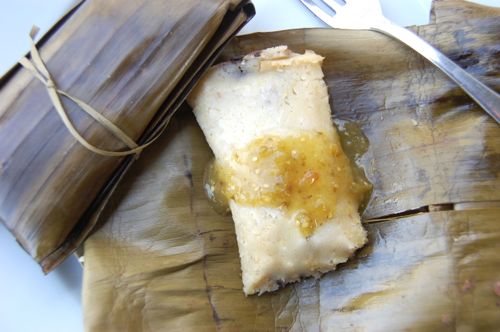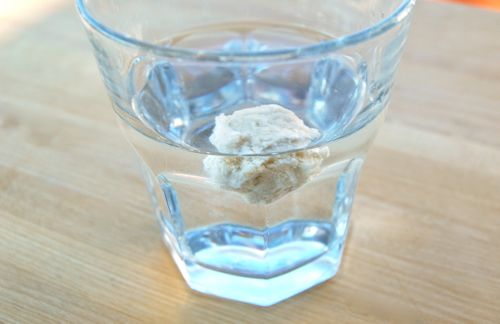Short Stuff
Reader Meredith asks: why do they call a short crust “short”? Great question. For that matter what’s “short” about shortcake or short bread or shortening? A short crust is “short” because it never gets tall. That sounds like a glib answer to the question, but it’s true. “Short” cakes and crusts are short because they don’t rise or get puffy. And it’s all due to the fat they contain.
Fat, by lubricating (or generally gunking up) the bonding sites on gluten molecules, prevents gluten networks from forming. This has the effect of making those crusts or cookies or biscuits tender. But since gluten networks are also what trap steam bubbles, fat (also called “shortening”) has the added effect of keeping those same items rather flat.
READ ON

